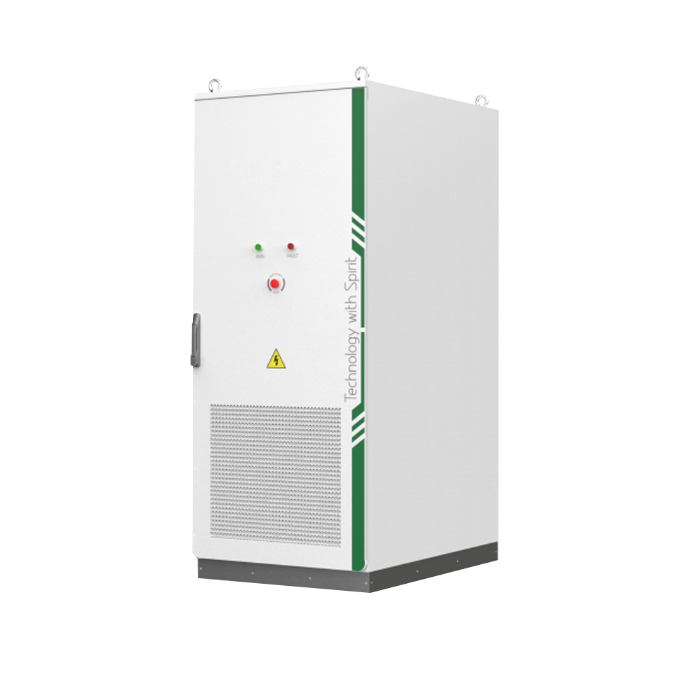2024-09-02
The environmental performance of new energy products is mainly reflected in the following aspects in practical applications:
Reduction of Greenhouse Gas Emissions
Clean Energy Replacement: New energy products such as solar panels and wind turbines utilize renewable energy sources like solar and wind power, replacing the combustion of traditional fossil fuels, thereby significantly reducing the emission of greenhouse gases like carbon dioxide. This substitution helps mitigate global climate change and reduce air pollution.
Reduction of Environmental Pollution
Reduced Pollutant Emissions: Compared to traditional energy products, new energy products produce little to no pollutant emissions during use. For example, electric vehicles emit almost no exhaust compared to gasoline vehicles, effectively reducing the emission of harmful substances like particulate matter and nitrogen oxides, thus improving air quality.
Noise Pollution Reduction: Some new energy products, such as wind turbines and solar panels, operate with very low noise, significantly reducing noise pollution compared to traditional energy products and minimizing the impact on residential areas and the ecological environment.

Resource Conservation and Recycling
Efficient Resource Utilization: New energy products typically have higher energy conversion efficiency, allowing for more effective use of natural resources. For instance, the continuously improving photovoltaic conversion efficiency of solar panels leads to more efficient utilization of solar energy.
Material Recycling: Some new energy products are designed with an emphasis on material recyclability. For example, after reaching the end of their service life, the batteries of electric vehicles can be recycled and reused, reducing resource waste and environmental pollution.
Eco-Friendly Design
Reduced Ecological Damage: The development and construction of new energy products often focus on ecological protection. For example, solar panel installations are frequently located on unused lands such as deserts and wastelands, avoiding damage to arable land and ecologically sensitive areas like forests.
Promotion of Biodiversity: The application of new energy products also promotes biodiversity. For instance, the construction of wind farms can provide habitats and migration corridors for birds and other wildlife, reducing negative impacts on biodiversity.
Socio-Economic Benefits
Enhanced Energy Security: The widespread application of new energy products helps reduce dependence on external energy sources and enhances national energy security.
Economic Development: The development of the new energy industry drives the growth of related industrial chains, creates numerous job opportunities, and promotes economic growth.
The environmental performance of new energy products is fully demonstrated in practical applications. They not only help reduce greenhouse gas emissions and environmental pollution but also promote resource conservation and recycling, eco-friendly design, and socio-economic benefits. These advantages make new energy products play an increasingly important role in global energy transition and sustainable development.